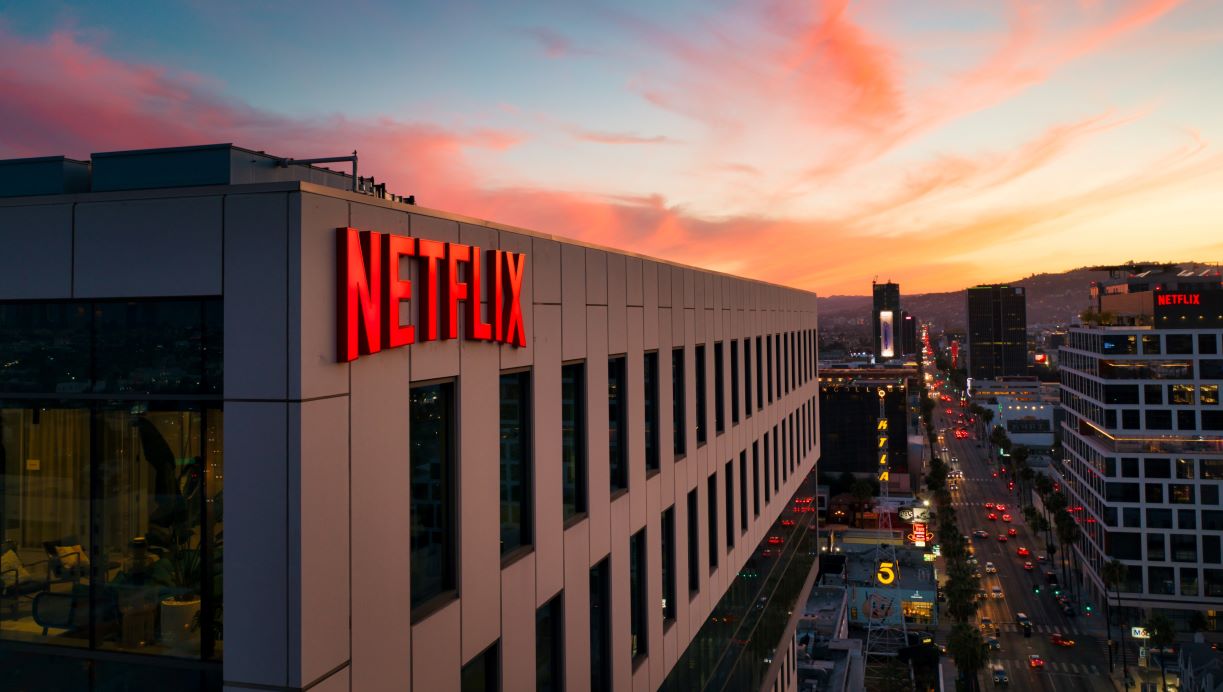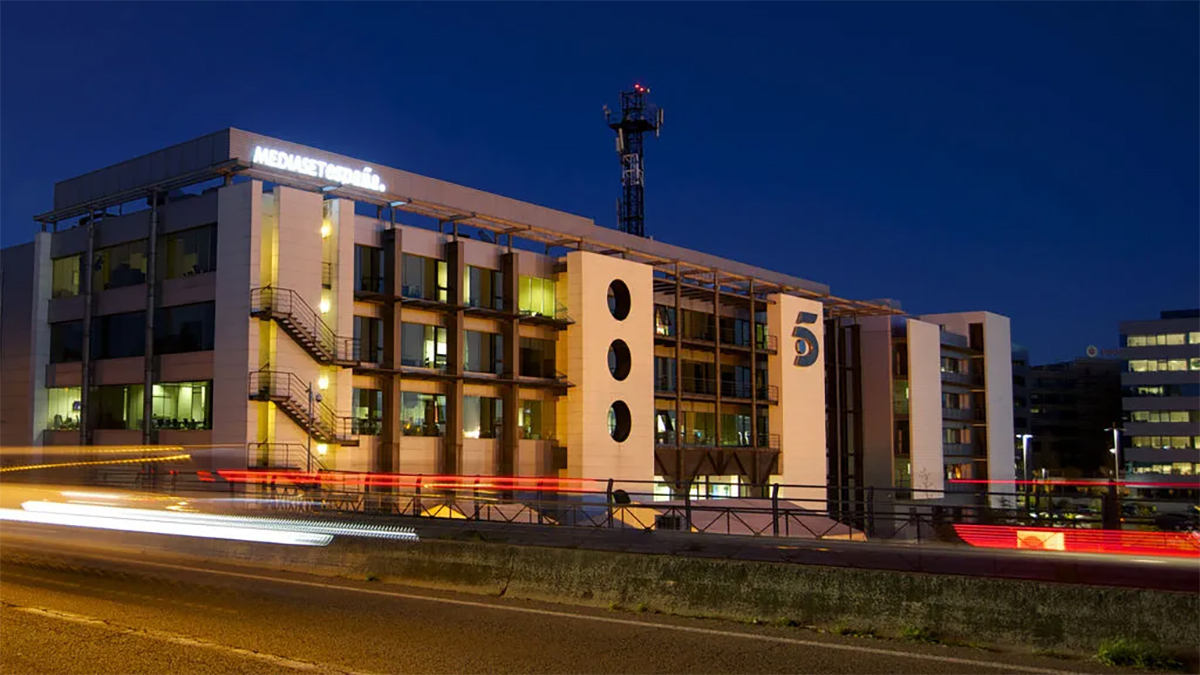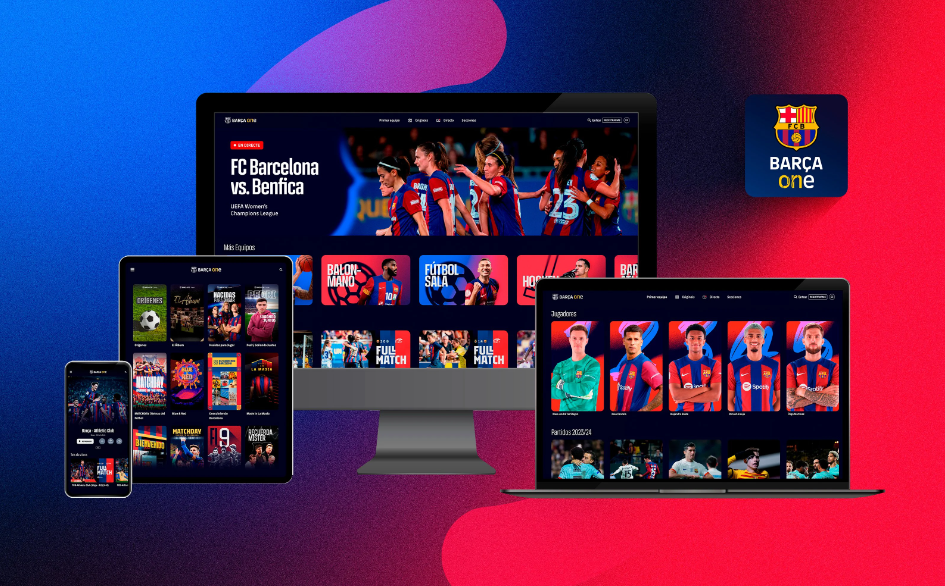Over the past five years, Amazon has gone from ‘sleeping giant’ of the advertising world to… just a regular giant. In 2018, Amazon’s advertising business was pulling in roughly $10 billion per year. By 2021, this had risen to $31 billion.
This still puts Amazon significantly behind Google and Meta. Even with its current struggles, Meta brought in $32.6 billion in Q4 alone last year. Nonetheless, given the sheer scale of Amazon’s current ad business and its rapid growth rate, ‘triopoly’ is gradually replacing ‘duopoly’ in the ad industry’s parlance.
As Amazon’s ad business has grown, it has also become much more complex. As with both Google and Meta, Amazon’s role in the digital advertising landscape stretched beyond its owned-and-operated media sources, thanks to its investment in ad tech. This rapid evolution can make it difficult to remember exactly what Amazon’s ad business does and doesn’t do.
Here’s a breakdown of Amazon’s advertising business as it currently stands.
Competing with Google on the buy-side
The cornerstone of Amazon’s ad business is its wealth of owned media sources, which provide it with plenty of its own media to sell, powered by its stores of first-party shopper data.
Its primary retail site offers sponsored placements in search results and display inventory. The company also owns a selection of other websites which offer display inventory, including ecommerce site Woot, entertainment news and reviews site IMDb, and book review website Goodreads.
Live streaming business Twitch and ad-supported video on-demand service IMDb TV meanwhile both offer video ads, as well as display inventory.
And Amazon’s devices, namely its Fire TV streaming platform and audio devices powered by Alexa, also offer display and audio inventory.
Behind this inventory, Amazon has its own stack of ad tech tools, some of which exclusively serve Amazon’s own inventory, while others cover third-party inventory as well.
Amazon DSP is obviously a major part of its ad tech stack, serving as a gateway to Amazon’s owned media sources (though Amazon also runs separate tools for buying its inventory on a cost-per-click basis, as opposed to the CPM pricing used on Amazon DSP).
As well as offering exclusive access to a lot of Amazon inventory, the DSP also layers in Amazon’s shopper data, which is a big part of its appeal. The DSP gives access to non-Amazon inventory through third-party exchanges, and to media owners which use Amazon’s sell-side offering, Amazon Publisher Services.
The DSP’s data offering has seen it rise to become one of the most popular DSPs among buyers, according to Advertiser Perceptions, usually sitting either in second or first place in Advertiser Perceptions’ DSP reports.
Separate from the DSP, Amazon owns an ad server, gained through its acquisition of Sizmek. The Sizmek Ad Suite includes ad creation, distribution, customisation, measurement, and optimisation.
These tools can be used separately from Amazon’s other ad tech products, though it has a number of integrations with Amazon tech which Amazon says improve performance. This includes an integration with Amazon Attribution, which measures performance of non-Amazon marketing channels on Amazon.
The most recent addition to Amazon’s buy-side ad tech offering is Amazon Marketing Cloud, its cloud-based data clean room for advertisers. Specifically, Amazon’s clean room is designed to let buyers combine their own data sets with Amazon Advertising’s data, which can then be used for measurement and analytics.
A growing stake in the sell-side
The popularity of Amazon’s advertiser-facing offering has helped the company develop a strong sell-side offering too. While it’s still a way off from challenging Google’s dominance, Advertiser Perceptions finds that Amazon Publisher Services is now the second most popular supply-side platform (SSP).
Amazon lists three main components to Amazon Publisher Services: Transparent Ad Marketplace, Unified Ad Marketplace, and Connections Marketplace.
Transparent Ad Marketplace and Unified Ad Marketplace are both header bidding solutions, which connect publishers with a number of different SSPs, while also bringing in unique demand from Amazon. UAM is more targeted at small and medium publishers, and works specifically for display ads. TAM meanwhile is invitation only, and is aimed at large publishers.
The Connections Marketplace meanwhile aims to make it easy for publishers to integrate third-party ad tech products.
A key part of Amazon’s connected TV ads business is that CTV apps on Fire TV devices have to sign up to Amazon Publisher Services, with Amazon requiring a 30 percent cut of their inventory to monetize itself.
And all of this feeds back into the buy-side, as APS inventory is available through Amazon’s DSP.
Every cloud has an ad tech lining
It’s also worth noting the role of Amazon’s cloud computing arm AWS in powering third-party ad tech.
AWS sells services specifically for ad tech and martech businesses. The company offers tools relating to real-time bidding, identity graphs, ad serving, and data processing and analysis. Clients include the likes of The Trade Desk, Beeswax, Nielsen, dataxu (now owned by Roku), IAS, and AppsFlyer.
In some cases, all that’s happening here is ad tech businesses using generalised cloud computing services like data storage, processing, and machine learning, to power proprietary products.
But AWS does offer adtech specific solutions. For example, the company says it offers purpose-built solutions for real-time advertising workloads, meaning Amazon is playing a more active role in the advertising technology itself.




